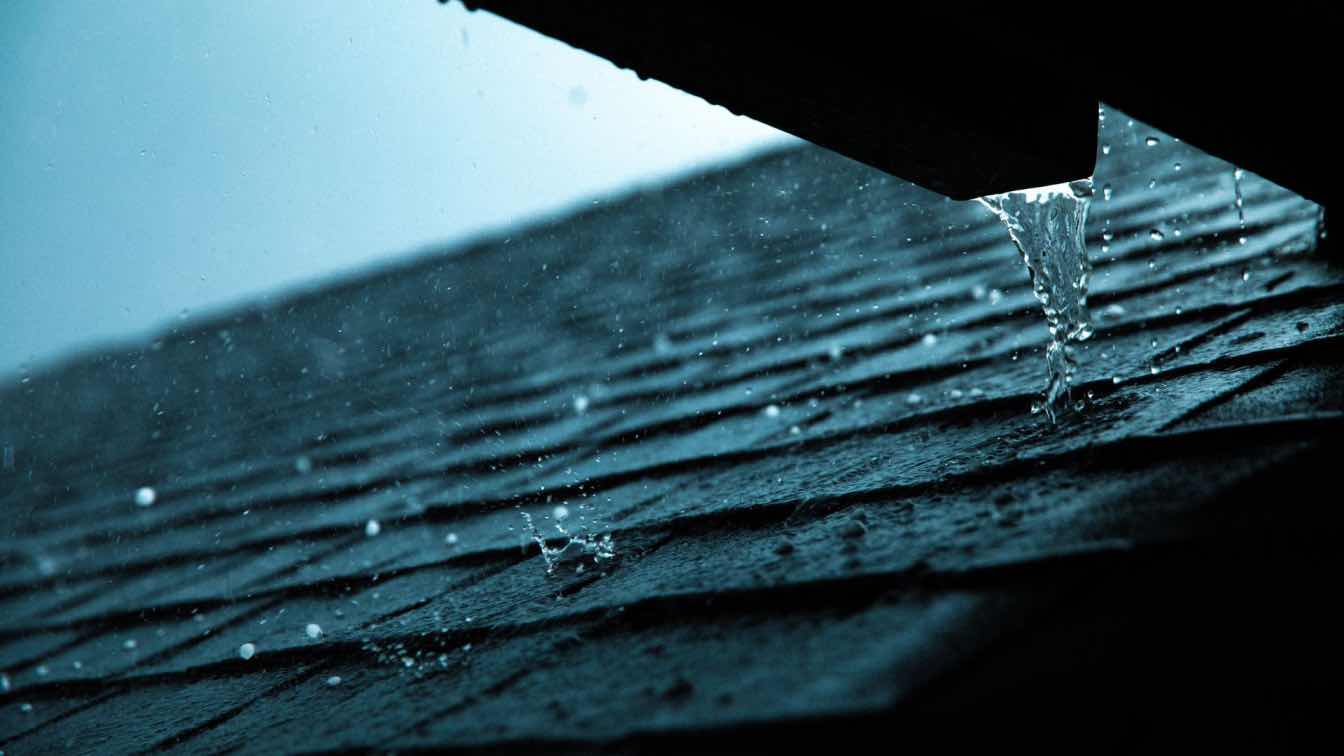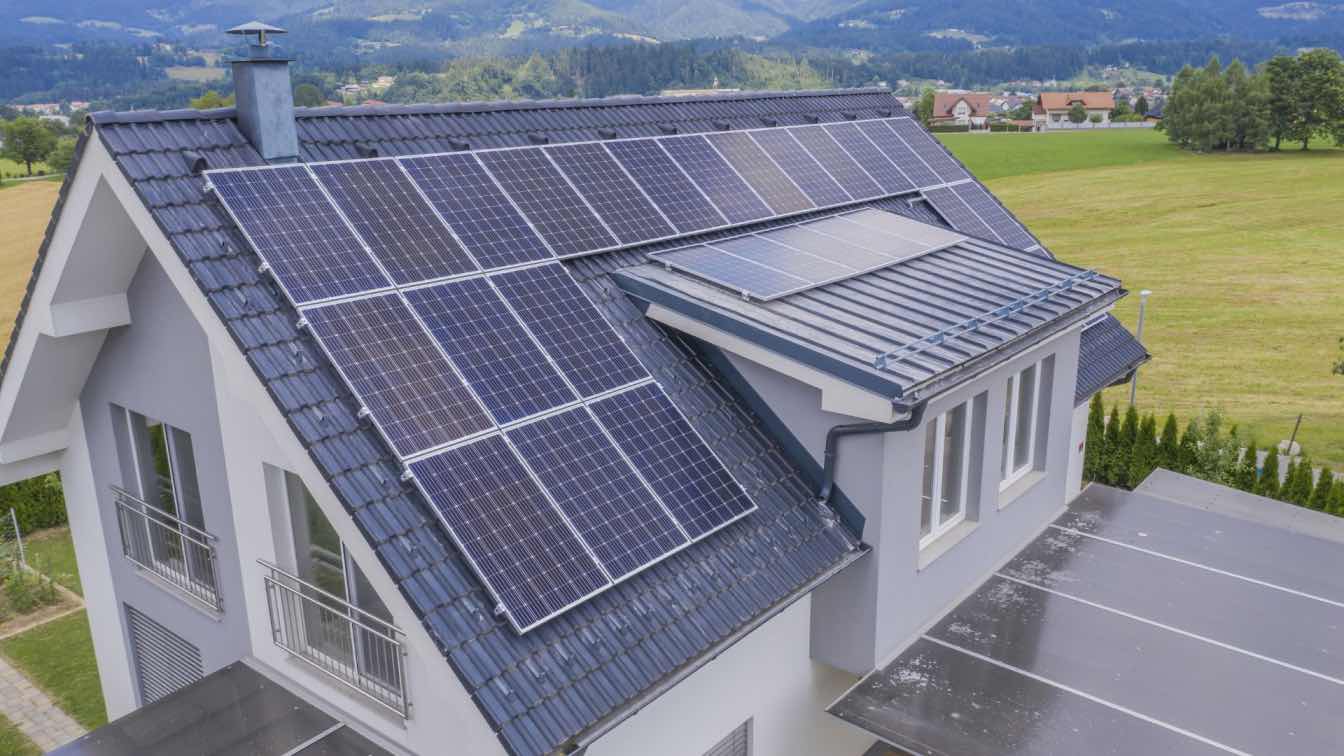Roofs serve as an essential component of our homes, shielding us from various weather conditions and providing structural integrity. A robust and well-maintained roof can protect your home from wind, rain, snow, and heat, providing safety and comfort for the residents. Furthermore, a good roof contributes to energy efficiency, helping to regulate indoor temperatures and reducing the need for excessive heating or cooling. On average, a traditional asphalt shingle roof can last between 20-30 years, while other materials like metal or tiles can significantly extend this lifespan. However, the longevity of a roof isn't solely determined by its materials but also depends on factors such as installation quality, local climate, and maintenance. In this guide, we'll explore ways to maximize your roof's lifespan, ensuring that it remains a sturdy and reliable shield for your home for the longest time possible.
Regular Inspections
Regularly inspect your roof for signs of damage such as missing shingles, leaks, or rust. This proactive approach can help identify issues early, allowing for prompt repairs and preventing further damage. Ideally, a roof should be inspected at least twice a year, in the spring and fall, to check for any wear and tear caused by seasonal changes. Additionally, it's essential to conduct inspections after any severe weather events, such as storms or heavy snowfall. Whether you are considering hiring roofing solutions in Oregon or taking a DIY approach, regular inspections are crucial for ensuring your roof's longevity. Especially after severe weather, it's essential to check for any missing or damaged shingles, as these can compromise the integrity of your roof and lead to leaks.
Maintenance
Keep your roof clean and free of debris, moss, and algae, which can cause damage over time. Trim any overhanging branches to prevent damage from falling limbs and to keep leaves from accumulating. If you live in an area with heavy snowfall, make sure to regularly remove snow from your roof to prevent any structural damage. Additionally, ensure that gutters are clear and functioning correctly as clogged gutters can lead to water buildup and potential leaks. Furthermore, address any minor issues immediately before they escalate into more significant and costly problems. Of course, it's essential to practice caution when conducting any maintenance on your roof, and if unsure, seek professional help.
Proper Ventilation
Ensure your roof has proper ventilation and insulation, which can help regulate the temperature and prevent the buildup of condensation, potentially extending the roof's lifespan. Proper ventilation also helps to prevent the growth of mold and mildew, which can cause damage to your roof's structure. Consult with a professional roofing contractor to ensure that your roof has adequate ventilation and insulation. If needed, consider adding vents or insulation to improve your roof's lifespan. When your roof is adequately ventilated and insulated, it can also help reduce energy costs by maintaining a comfortable indoor temperature. Furthermore, it can prevent issues such as ice dams, which can cause significant damage to your roof during winter.
Professional Installation and Repairs
Always hire professional roofers for installation and repairs. Professionals have the skills, knowledge, and experience to ensure the job is done correctly, which is crucial for your roof's lifespan. Attempting to cut costs by hiring inexperienced or unqualified contractors may result in a poorly installed roof, which can lead to significant problems down the road. Additionally, always use high-quality materials and follow proper installation techniques for the best results. Most roofing materials come with manufacturer warranties, which may become void if the roof is not installed correctly. While it may seem like a significant expense upfront, investing in professional installation and repairs can save you money in the long run by extending your roof's lifespan.
Material Selection
Opt for high-quality roofing materials that are suitable for your local climate. For example, metal roofs can be a good choice in areas prone to wildfires, whereas clay tiles can be ideal in hotter climates due to their heat resistance. Research different materials and their pros and cons before making a decision. Remember, the material you choose can significantly impact your roof's lifespan, so make an informed choice. Furthermore, when selecting materials, consider their durability, maintenance requirements, and compatibility with your home's structure. If you are unsure, consult with a professional roofing contractor for expert advice.
Gutter Maintenance
Regularly clean and maintain your gutters. Clogged gutters can cause water to pool on your roof, leading to potential damage. Ensure your gutters are free of debris and functioning correctly to divert water away from your roof. When gutters are not properly maintained, they can also cause water to seep into your home's foundation, potentially causing structural damage. Therefore, it's crucial to keep gutters clean and well-maintained for the longevity of your roof and home. Even with proper maintenance, gutters will eventually need to be replaced, so keep an eye out for signs of wear and tear. Most importantly, ensure that your gutters are installed correctly to prevent any potential problems in the future.
By following these tips, you can maximize the lifespan of your roof, ensuring that it continues to protect your home for years to come. Remember, regular inspections, proper maintenance, and professional installation and repairs are key factors in extending the life of your roof. Additionally, making informed decisions when selecting materials and keeping gutters clean and functional can also contribute to your roof's longevity. With proper care and attention, you can enjoy a sturdy and reliable roof for the longest time possible.





